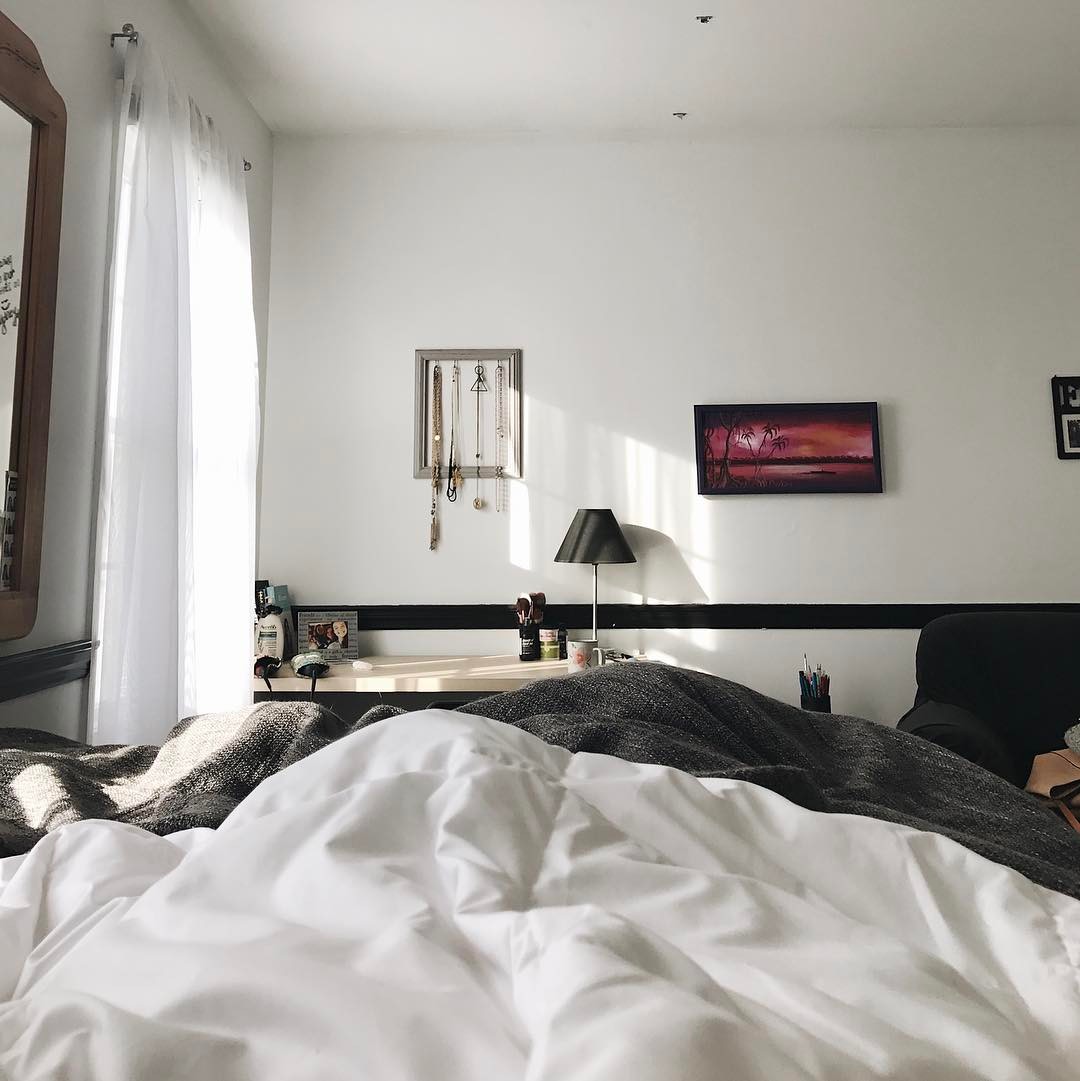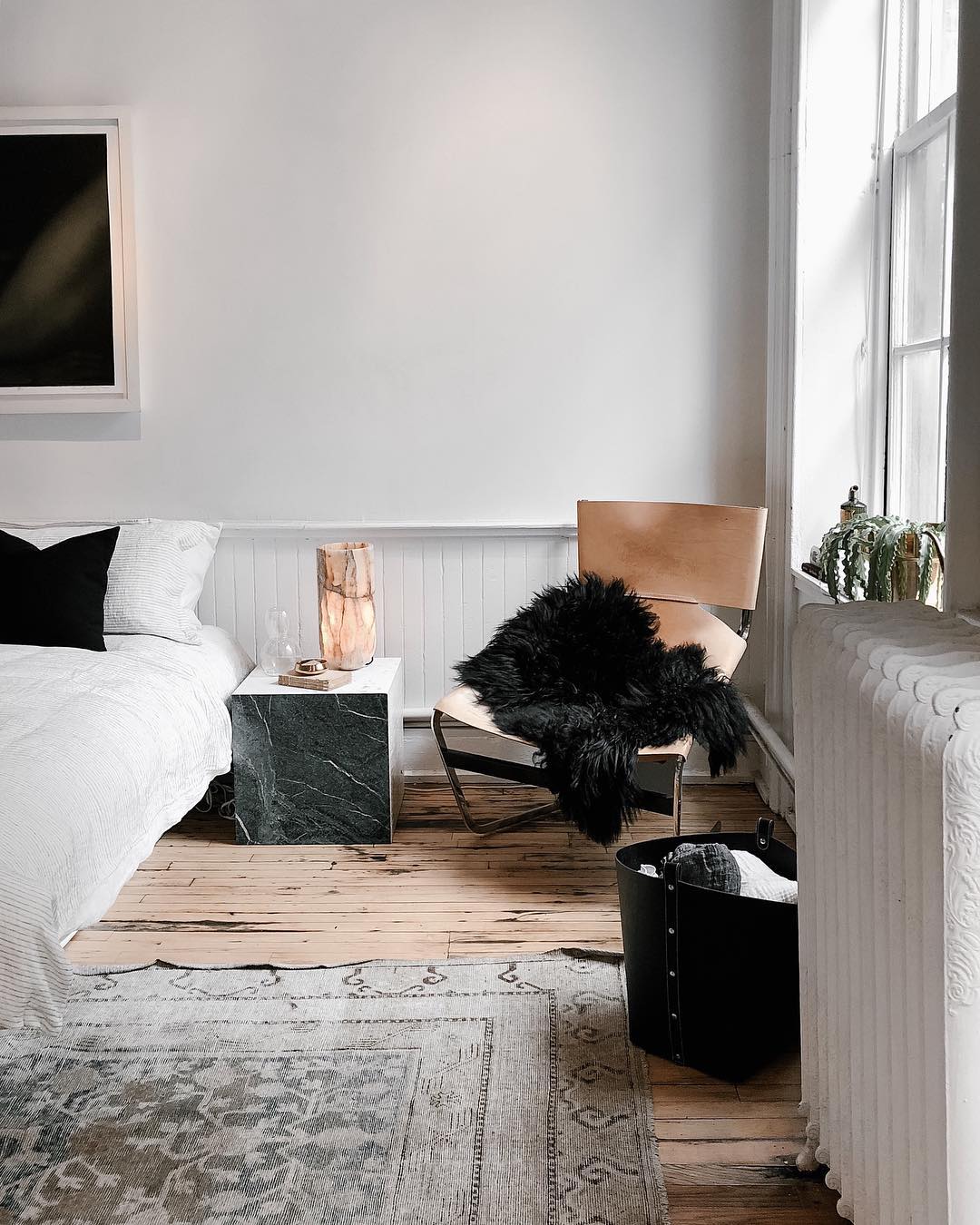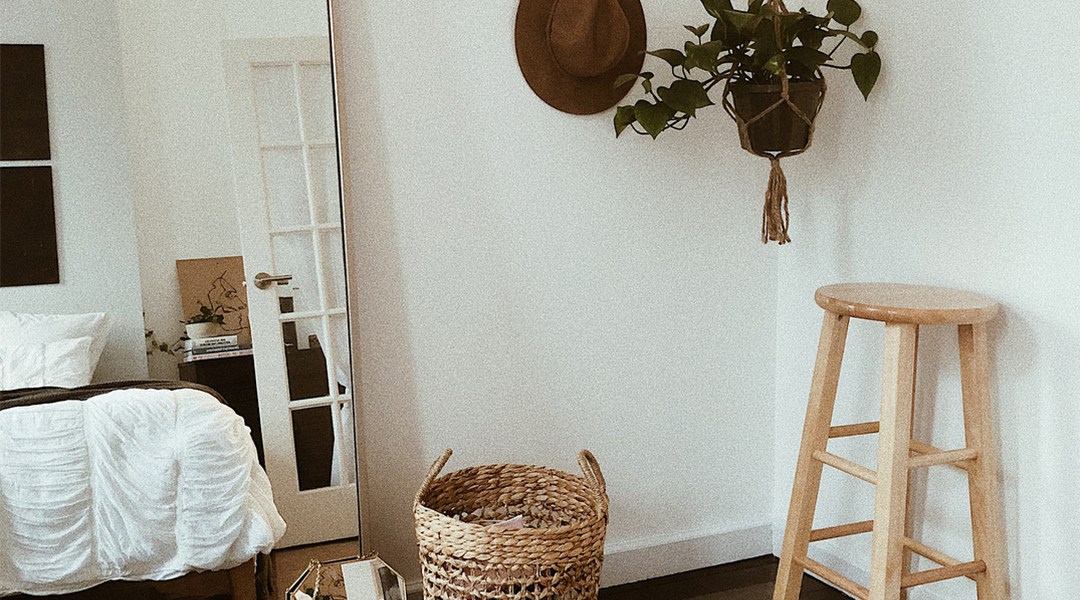Each time my mom would tell me to clean my room when I was younger, I would tidy up my tornadic living space while dreaming of a future where I could afford a maid to pick up after me. While I’ve since outgrown this selfish and unrealistic worldview (c’mon, I’m an aspiring journalist), I’m still a subpar organizer at best. I was never the kid that color-coded their planner with 18 different highlighters. I was also never the kid who showed up to school with all their papers crammed in their backpack either. To this day, I still drift along somewhere in the middle, surrounded by loosely organized chaos.
I recently moved into my new apartment for this school year. I decided to use the move as an opportunity to organize my space once and for all. To guide me on my journey into becoming a minimalist, I checked out The Life-Changing Magic of Tidying Up: The Japanese Art of Decluttering and Organizing by Japanese organizing consultant Marie Kondo. Kondo’s “KonMari Method” is all the rage among homemakers, and I figured her book would be a good start to my research.
I didn’t read anything else beyond the last page. The KonMari Method featured in the book taught me everything I needed to know about tidying like a minimalist—here’s what I learned.

Step one: Purge, purge, purge (all in one go)
I’ve always believed that the way to tidy is to do a little each day. I don’t know who is responsible for imparting me with this false knowledge, but I never realized how wrong I was until I read Kondo’s book.
Kondo suggests going on a discarding spree as the best way to truly tidy your space. Do everything in one go, and don’t forget things that might be scattered in different parts of your house. We are often dazzled by the nifty new storage products that fold out of our closets, fit nicely in tight nooks and crannies, or divide our important documents into neat sections. These products don’t change the fact that we just have too much stuff. The point of becoming a minimalist is to own the least possible amount of things, and the only way to do that is to discard unnecessary things and keep only what we truly love.
This is easier said than done. However, Kondo’s method of choosing what stays and what goes is effective because it is so simple. All you need to do is hold each object in your hand, and determine whether that object sparks joy. If not, it needs to go. Easy peasy, right?
Not exactly. For me, sometimes the decision was easy: “I wear this blouse as soon as it’s out of the wash; I’m keeping it!” Or, conversely, “My ex gave me this necklace, and I always thought it was ugly; it has to go.”
Sometimes, the decision wasn’t so easy: “My grandma gave me this and I don’t really use it, but I don’t want to hurt her feelings by throwing it out,” or, “I don’t like this coat, but it’s useful during the winter months.”
Kondo suggests sticking with your initial reaction. Trust your gut about whether something brings you joy because it usually tells the truth. Complete this process by item categories, not by rooms. Start with clothes, then repeat with books, papers, komono (miscellany), and sentimental things in that order. This way, you can get used to the feeling of letting things go gracefully by starting with inconsequential items and working up to sentimental items.
It felt so freeing to finally do away with items I didn’t want but felt shame or anxiety about discarding. Our love of certain items changes as we age, grow, and develop different interests, so it’s okay to let go of items that no longer bring you joy. Send them off with a thank you and a farewell, and free that space for new things to love.
I was uneasy about the amount of garbage bags I filled with things to bring to Goodwill. Yet once they were gone, I didn’t regret my decision. Suddenly, I was surrounded only by the things I truly loved, and my space finally got the breath of fresh air it so needed. Once I narrowed down my belongings to just those things that spark joy in me, organizing came naturally. I was halfway to becoming a minimalist.

Step two: Everything in its place
I have an approximate knowledge of where most things are in my room. My stationery is in one of those drawers in that organizer, my spare sheet is somewhere at the top of my closet, etc. Since I was starting fresh by moving into a new place, I had the advantage of choosing where each of my things went with a purpose.
Kondo believes that everything has its place. The idea is to come home and put your shoes in one place, your wallet in another, and so on.
However, I am a realist. I knew that the KonMari Method would not be a one-size-fits-all approach to all aspects of tidying. Personally, I am far too forgetful to decide on a place for all my things, so I made a compromise. I organized by general types of items in specific areas of my room. For example, one of my organizers now has utilitarian items with a drawer for tools, a drawer for stationery, and a drawer for school supplies. Another organizer has personal items with a drawer for jewelry, a drawer for medicine, and a drawer for art supplies.
Suddenly, I knew where my things were because I knew where to look for them, not exactly where they were. If I needed eye drops, I knew to look in the medicine drawer. (And I knew to put them back in the medicine drawer when I was done, too.) I like that I was able to make a piece of Kondo’s advice my own, which helped the organizational process along even more since it felt natural to me.
I realized quickly that maintaining this harmony would be difficult. Thankfully, and unsurprisingly, KonMari Method has a solution to this, too.
Kondo advises her clients to treat their items with the respect they would another person. At the end of the long day of work, she doesn’t toss her bag onto her armchair and begin cooking dinner. She gently thanks it for serving her well throughout the day and places it in its spot. To her, our items treat us with the same respect that we give them. So disrespecting an item will lead to wear and tear, an untimely demise in the garbage can, and the accumulation of more unnecessary items to replace it.
I thought the idea of talking to my stuff was a bit silly, but I whispered affirmations to them anyway. My items didn’t magically return to the way they looked when I first bought them, but I did start to remember where things were a lot more. You don’t remember someone you passed on the street, but you do remember the people you have conversations with. In the same way, you don’t remember items that you see around your room, but you remember items that you interact with. Thanking your items for their service allows you to appreciate the things you have. It also subdues the temptation to buy more similar items and reminds you of where you placed your belongings. It’s an odd system, but it works.
So, am I a minimalist now? Not really. I still indulge in a number of comforts I don’t think are characteristic of true minimalists. But I’ve definitely used a minimalistic philosophy in tidying my home. My head feels clearer and the air in my space is cleaner, and that’s good enough for me. Whether you’re ready to strip your items down to the bare necessities or you just want to follow a tidying plan that really works, the KonMari Method is the secret to making your living space the best it can be.
How are you organizing your room this semester? Tag us @cfashionista so we can appreciate your killer taste in room décor!
Opening image by Kerri Bamsch.

